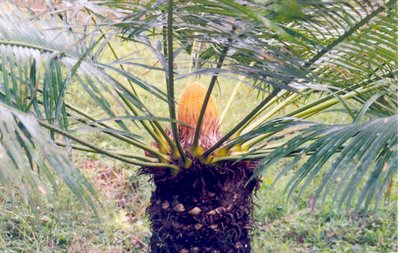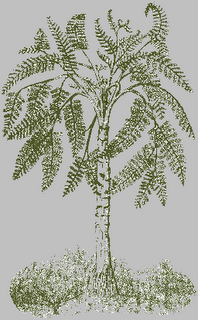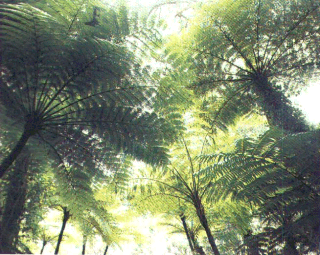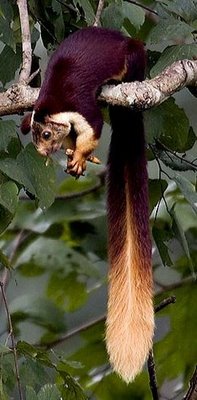 A LOT of people know what 'Global Warming' or 'Climate Change' is all about. At the same time, very few people have a clue that such a thing as 'biodiversity' even exists.
A LOT of people know what 'Global Warming' or 'Climate Change' is all about. At the same time, very few people have a clue that such a thing as 'biodiversity' even exists.Not surprisingly, the percentage of people that have never heard of biodiversity is over 30% of a well educated population - the English.

I think it's a tragedy. Both GW (or 'climate change') and BD are important concepts. Both signify huge changes that are taking place right now on our planet.
 But, to my mind, the impact of loss of biodiversity is a much, much bigger problem. Certainly more dangerous in the short term, and yet it is the area where individual humans can make an immediate change.
But, to my mind, the impact of loss of biodiversity is a much, much bigger problem. Certainly more dangerous in the short term, and yet it is the area where individual humans can make an immediate change. With GW, while the awareness is good, and individuals can and should try to do their bit, the forces at work really do require global action. Individuals can have little direct impact.
With GW, while the awareness is good, and individuals can and should try to do their bit, the forces at work really do require global action. Individuals can have little direct impact.On the popular level, it turns out that fully 30% of the respondents to the recent DEFRA survey thought “there is nothing I can do personally to help protect the UK's biodiversity.”
Looking locally, in India what we do deservedly see getting huge publicity, is the loss of our tigers. And that IS certainly of great importance.
But, have you ever considered that we are concentrating on the species that sits at the very top spot of a huge ecological pyramid? The land, the plants, the herbivores, the insects, the germs - entire ecosystems consisting of hundreds of thousands of individual species have to function perfectly and together to allow even a single tiger to survive in the wild.
And we are blind to the loss of all these stepping stone species.
It is mind boggling to imagine, but we are losing our biodiversity.
As we lose our biodiversity, so we will also lose our tigers... and it's not only the tigers we will lose!
The LOSS of biodiversity (and that's four words to describe a phenomenon) is so, so deadly. It's happening right now, all around you. But before we will start to do something about it, we need to understand and acknowledge that it is REAL.
Yet, sillily enough, I do wish there were a ONE WORD name for this phenomenon.
Yet, sillily enough, I do wish there were a ONE WORD name for this phenomenon.
I really believe that a better name for biodiversity, something catchier, simpler to remember, unique, and meaningful, will make a huge difference to the amount of awareness. The fight to save the world's BD is of the utmost importance.
Please lend a hand, let's rename this thorny rose, let's start winning back our biodiversity - before it is too late - and we end up with only this...
Please lend a hand, let's rename this thorny rose, let's start winning back our biodiversity - before it is too late - and we end up with only this...
P.S. I've tried BIOINVERSITY and that only adds to the confusion. Then there's ECOCIDE, but that seems too broad... so, what'll it be?
You can do better, start now, find a word, or create one, and the whole world and all the creatures that now still inhabit this world will thank you!
A quick link via @greenroofsuk (Dusty Gedge) Michael McCarthy in the Independent "Nature Studies: Our generation has seen a great thinning that we can’t quite name"
http://www.independent.co.uk/voices/comment/nature-studies-our-generation-has-seen-a-great-thinning-that-we-cant-quite-name-8426019.html
And if you have any doubts at all about the Earth now undergoing the sixth mass extinction in its history – the first since the cataclysm that wiped out the dinosaurs some 65 million years ago, then please read:
http://www.project-syndicate.org/commentary/mass-extinction-human-cause-by-paul-r--ehrlich-and-anne-h--ehrlich-2015-08#vGlkvtRrX1vHKDjW.99
http://bit.ly/1TyiNRe
































